Hospital Medicine
Medical Education
Just DO it!: Optimizing the direct observation (DO) experience for you and your learners.
-
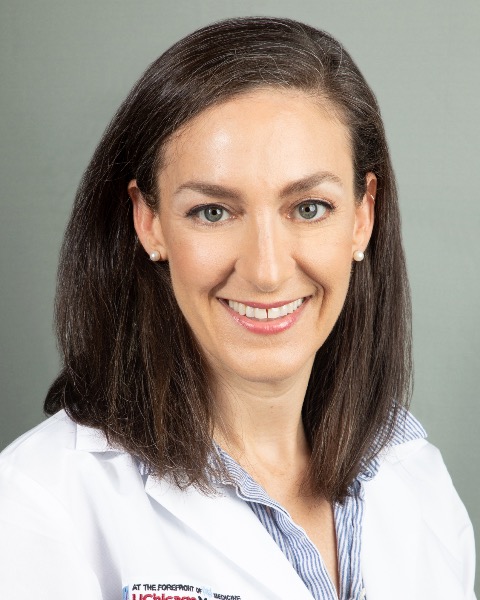
Nicola Orlov, MD MPH (she/her/hers)
Associate Professor of Pediatrics
University of Chicago Division of the Biological Sciences The Pritzker School of Medicine
Chicago, Illinois, United States -
CA
Capri Alex (she/her/hers)
Medical Student
University of Chicago Pritzker School of Medicine
Chicago, Illinois, United States -
MN
Maya Neeley, MD (she/her/hers)
Vanderbilt Children’s Hospital
Nashville, Tennessee, United States -
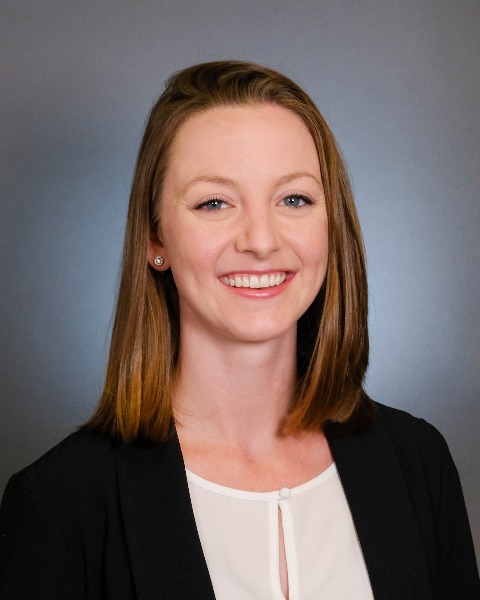
Jessica VanNostrand, MD (she/her/hers)
Pediatric Chief Resident
The University of Vermont Children's Hospital
Burlington, Vermont, United States -
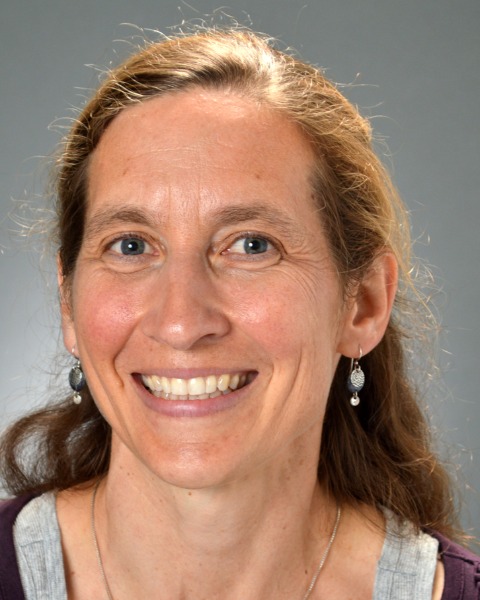
Molly Rideout, MD (she/her/hers)
Professor, Vice Chair for Education
The University of Vermont Children's Hospital
Burlington, Vermont, United States -
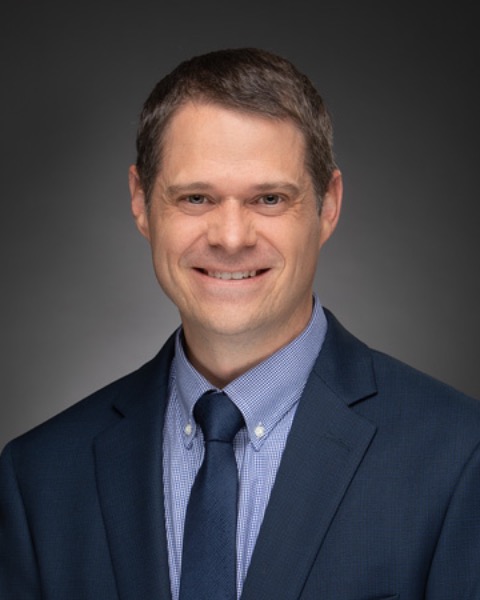
Shaughn Nunez, MD (he/him/his)
Associate Professor
Texas Tech University Health Sciences Center School of Medicine
Lubbock, Texas, United States -
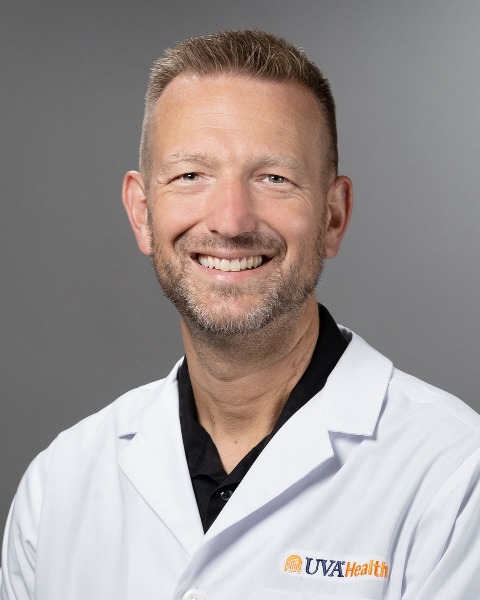
Michael Ryan, MD, MEHP (he/him/his)
Professor and Associate Dean
University of Virginia School of Medicine, Virginia, United States -
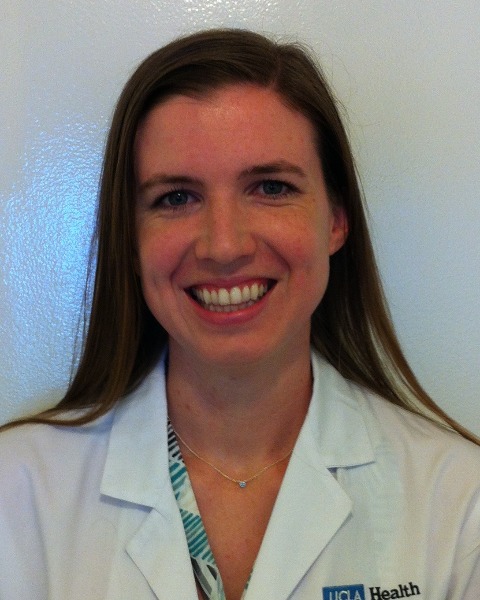
Sarah Gustafson, MD (she/her/hers)
Assistant Clinical Professor of Pediatrics
University of California, Los Angeles David Geffen School of Medicine
Los Angeles, California, United States
Leader(s)
Co-Leader(s)
Workshop
Description: With a focus on competency-based outcomes in medical education, assessment has evolved to rely heavily on the ability to observe clinical skills. Direct observation (DO) is an essential formative method to determine whether learners achieve required competencies during their training and education. The LCME requires medical students to obtain at least one DO while on each clerkship; however, little is understood about how effectively this is done and the subsequent quality of feedback after the DO for students rotating on Pediatrics. With insight provided from a COMSEP-funded, multi-institutional study of third year medical students, a framework was developed to optimize the DO experience for the giver and the receiver. This workshop will help attendees take actionable steps while conducting DOs on the wards so that the observation and subsequent feedback experience is both valuable and seamless for all parties involved.
Learning Objectives:
- Identify strengths and opportunities for improvement in their current process of conducting direct observations for UME and/or GME learners
- Implement strategies to optimize the direct observation and feedback experience while in the clinical arena
- Construct a structured approach to improving the direct observation experience for UME and GME learners supported by an evidence-based model.
